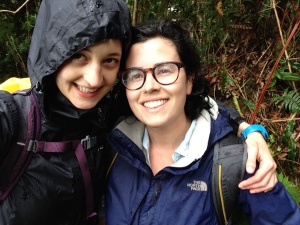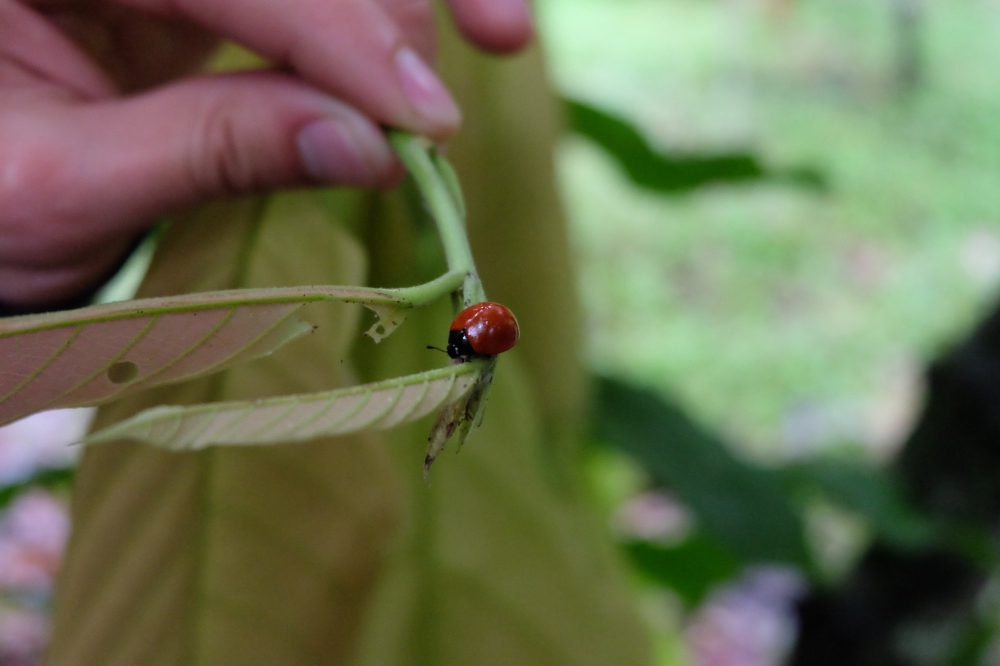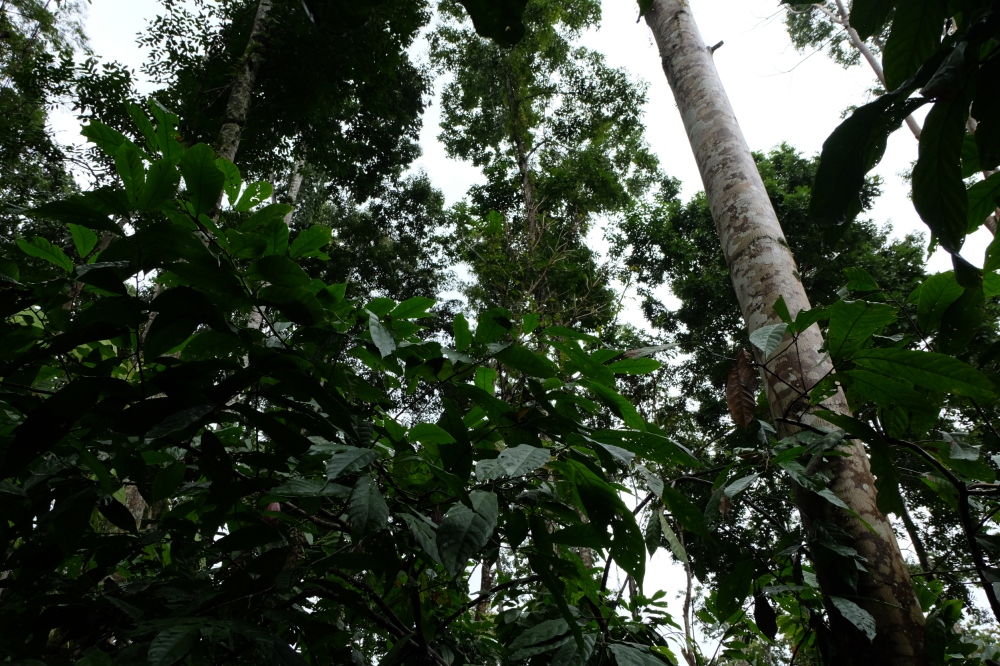Mutualism and Inbreeding Depression – Some Surprising Findings
During our stay in Gamboa we were treated with a talk by Allen Herre on figs and their mutualistic wasp species. In Panama, and elsewhere around the globe, fig tree pollination is wholly dependent on specialized wasp species. Fig fruits are unique in that their flowering structures are encased inside a fruit-like syconium. The female wasps burrow into the flowering syconium and deposit their eggs into a number of the flowers, which in turn form gall-like structures that encase the developing wasp rather than forming a seed. During the process of the female wasp entering and laying her eggs in the syconium pollination of the fig’s flowers occurs.

This process can be active or passive on the part of the wasp. In active pollination, the newly formed female wasp covers herself in the pollen while exiting the fruit in search for another syconium for her to complete her life cycle in. When she finds her destination, she will actively take pollen from her body and pollinate many of the flowers before laying her eggs. In passive pollination, it seems that pollination occurs merely through the consequence of the female burrowing in and laying her eggs; pollen on her body will brush against flowers without any intentional activity by the female.
Some fig species can be pollinated by multiple species of wasps whereas many others are pollinated by only one. Among the wasps species of figs with a single foundress, Allen produced results that show that individuals of these species have very low heterozygosity. This may not necessarily be a surprising result considering the high level of linkage disequilibrium fond in these species, but Allen went on to explain that those individuals with lower heterozygosity (and thus higher inbreeding) actually have higher fecundity. This blew my mind! Traditionally, organisms with high occurrence of inbreeding have lower fecundity due to the accumulation of deleterious alleles, so his results went against everything I have learned about inbreeding and low heterozygosity.
Even more interesting, Allen found that wasps of figs with multiple foundresses have lower genetic linkage and thus higher heterozygosity than their counterparts. These wasps follow the traditional mechanism of having higher fecundity with higher outbreeding. As someone who is interested in perusing Conservation Genetics and studying the effects of inbreeding and outbreeding depression these results were very provocative and intriguing. Why do these wasps have such high linkage disequilibrium? How could an entire set of species benefit from high inbreeding? Was it just pure change that these species accumulated a set of genes that are so beneficial they have to be maintained with very little change? I feel like this is a concept that I could look into deeper for a short term project in Panama. I’ve enjoyed a lot of talks here but this was one of the few that really spoke to my research interests. Hopefully I can transform this inquisitiveness into something tangible.






